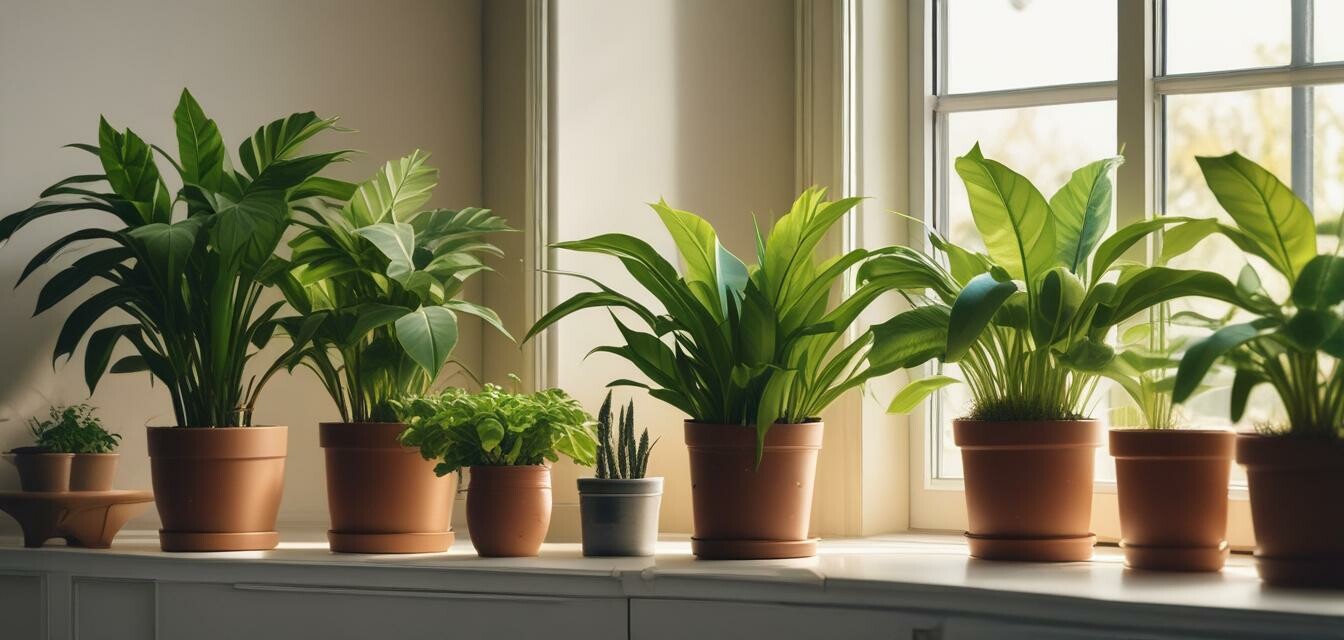
Understanding Nutrient Deficiencies in Houseplants
Key Takeaways
- Nutrient deficiencies can affect the health and growth of houseplants.
- Recognizing symptoms is crucial to addressing issues quickly.
- Different nutrients impact plants' growth in various ways.
- Proper fertilization and care can prevent deficiencies.
Houseplants bring life and beauty to our indoor spaces, but their growth can be hindered by nutrient deficiencies. Understanding how to identify and address these deficiencies is essential for maintaining healthy plants. In this guide, we will delve into the most common nutrient deficiencies, their symptoms, and how to rectify them to help your greenery thrive.
What Causes Nutrient Deficiencies?
Nutrient deficiencies in houseplants are often caused by:
- Poor soil quality
- Inadequate fertilization
- Improper pH levels
- Watering issues
Essential Nutrients for Houseplants
Houseplants require a balanced diet of essential nutrients to grow well. Here are the key nutrients needed:
| Nutrient | Function | Sources |
|---|---|---|
| Nitrogen (N) | Promotes leaf growth and overall plant vigor | Fertilizers, compost, fish emulsion |
| Phosphorus (P) | Encourages root development and flowering | Bone meal, rock phosphate |
| Potassium (K) | Supports overall plant health and disease resistance | Potash, wood ash |
| Calcium (Ca) | Strengthens cell walls and improves root growth | Lime, gypsum |
| Magnesium (Mg) | Essential for chlorophyll production | Epsom salt, dolomite lime |
| Sulfur (S) | Helps in protein synthesis | Gypsum, organic matter |
Common Nutrient Deficiency Symptoms
Learning to recognize the symptoms of nutrient deficiencies can help you act swiftly. Here are some common signs to look out for:
- Nitrogen Deficiency: Yellowing of older leaves, stunted growth.
- Phosphorus Deficiency: Dark green or purplish leaves, poor root development.
- Potassium Deficiency: Browning leaf edges, weak stems.
- Calcium Deficiency: Blossom end rot, curling leaves.
- Magnesium Deficiency: Interveinal chlorosis (yellowing between leaf veins).
- Sulfur Deficiency: Yellowing of new leaves, overall weak growth.
How to Address Nutrient Deficiencies
Once you've identified a nutrient deficiency, it's essential to take action. Here are some methods to improve your houseplant's nutrient intake:
- Choose the Right Fertilizer: Use a balanced or specific nutrient fertilizer based on the deficiency.
- Understand pH Levels: Test the soil pH to ensure nutrients are accessible; most houseplants thrive at a pH of 6 to 7.
- Use Compost: Incorporating quality compost can enrich your soil with necessary nutrients.
- Water Wisely: Ensure proper watering practices to facilitate nutrient uptake without overwatering.
Preventing Nutrient Deficiencies
Prevention is key when it comes to maintaining healthy houseplants. Here are some tips:
Beginner's Section: Tips for Preventing Nutrient Deficiencies
- Regularly fertilize your plants during the growing season.
- Monitor soil quality and health consistently.
- Ensure good drainage holes in pots to prevent nutrient leaching.
- Rotate houseplants for even light exposure.
Conclusion
Understanding nutrient deficiencies in houseplants is vital to nurturing beautiful and healthy greenery in your home. By recognizing symptoms, addressing issues quickly, and taking preventive measures, you can ensure your houseplants thrive. For more tips on caring for your houseplants, don’t forget to check out our Care Tips section!
Pros
- Increased knowledge of houseplant care
- Ability to identify and address issues promptly
- Enhanced growth and health of plants
Cons
- Can be overwhelming for beginners
- Requires ongoing observation and adjustments

